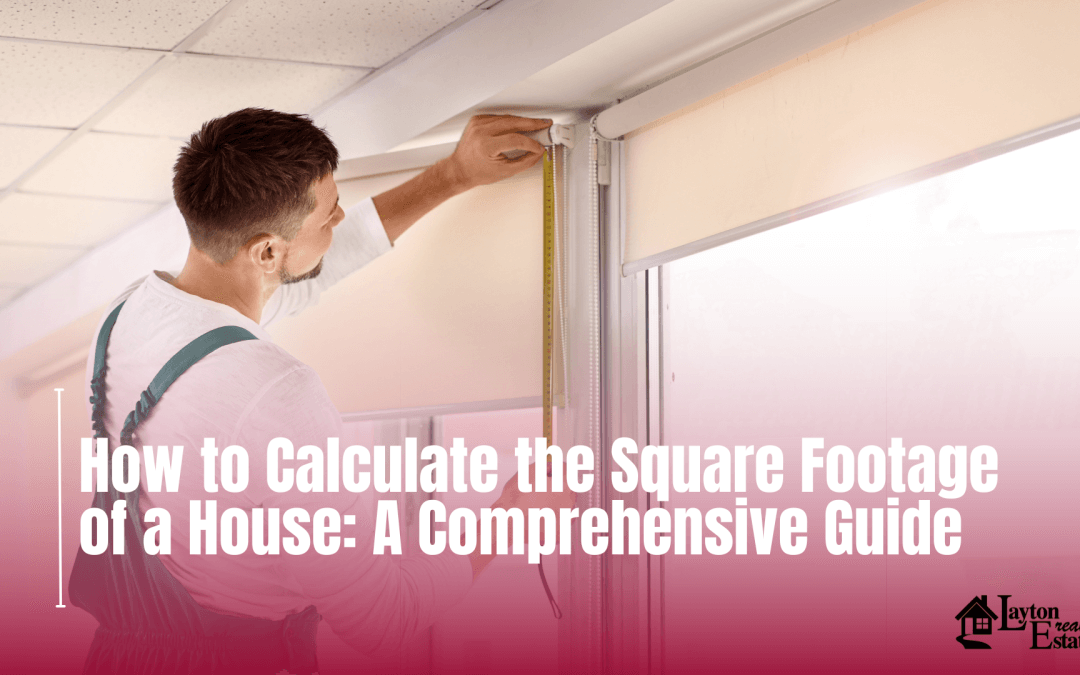Whether you’re a homeowner or a potential buyer, understanding how to measure square footage accurately is crucial. It not only helps you determine the value of a property but also enables you to make informed comparisons and plan renovations effectively.
What is Square Footage?
Square footage is a measurement that represents the total area of a space, typically expressed in square feet. In the real estate industry, it is used as a standard unit to quantify the size of a house. By knowing the square footage, you gain insight into the amount of livable space a property offers.
Why is Square Footage Important?
Knowing the square footage of a house holds immense value for homeowners and potential buyers alike. Here are some key reasons why it’s essential:
- Determining Value: Square footage plays a vital role in estimating the value of a property. It serves as a benchmark for pricing and can significantly impact the listing price.
- Comparing Properties: Square footage enables you to compare different houses more accurately. By comparing the size of properties in relation to their asking prices, you can make better-informed decisions.
- Planning Renovations: Whether you’re considering adding an extra room or upgrading existing spaces, knowing the square footage helps you plan renovations effectively. It ensures that your remodeling decisions align with the available space.
How to Measure Square Footage
Now that we understand the importance of square footage let’s explore the step-by-step process of measuring it accurately:
- Gather the Tools: You’ll need a measuring tape, graph paper, and a calculator.
- Divide the House into Sections: Start by dividing the house into distinct sections, such as rooms and hallways. Draw a rough sketch on graph paper to visualize the layout.
- Measure Room Length and Width: In each section, measure the length and width of the room using the measuring tape. Measure from wall to wall, excluding closets, nooks, or other non-livable spaces.
- Account for Irregular Shapes: For irregularly shaped rooms, divide them into smaller rectangles or squares. Measure each section separately, then add the individual areas together.
- Calculate the Area: Multiply the length and width of each section to obtain its area in square feet. Add up the areas of all sections to find the total square footage.
Common Mistakes to Avoid
To ensure accurate measurements, it’s crucial to avoid these common mistakes:
- Neglecting Unfinished Spaces: Don’t forget to include unfinished areas such as basements or attics in your calculations. Every square foot counts!
- Ignoring Wall Thickness: Exclude the thickness of walls when measuring room dimensions. Measure from wall to wall for accurate results.
- Overlooking Irregular Shapes: Take extra care when measuring irregularly shaped rooms. Divide them into smaller sections, and measure each one separately.
Congratulations! You’ve learned the essential steps to calculate the square footage of a house. By understanding square footage and its significance, you gain valuable insights into a property’s value, can compare different houses effectively, and plan renovations accurately.
Remember to gather the necessary tools, carefully measure each room, and account for irregular shapes. Avoid common mistakes like neglecting unfinished spaces or overlooking wall thickness.
Put your newfound expertise to use by accurately calculating the square footage of your own home. Knowing the true size of your property will empower you as a homeowner and ensure you make confident choices for the future.
Happy measuring!

